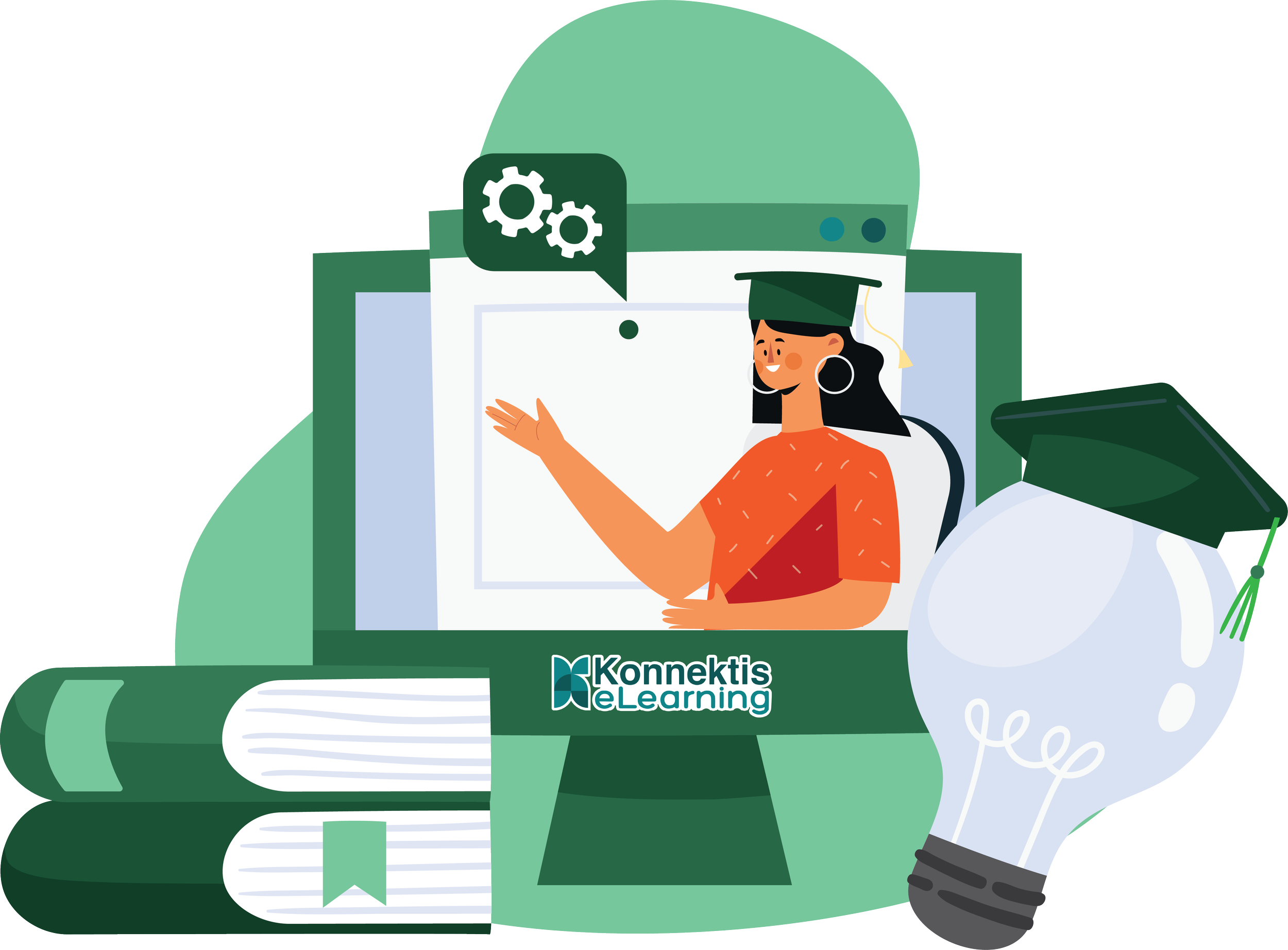Learn how to improve accessibility in Storyline 360 by removing non-essential objects from screen readers. This simple tip ensures decorative images and irrelevant elements are hidden from assistive technology, enhancing the learning experience for users with disabilities. Follow this guide to make your e-learning content more compliant with WCAG and other accessibility standards.
Read MoreOne of the most compelling aspects of eLearning is its ability to democratize education. Geographical barriers no longer dictate access to quality education. Whether you're in a bustling city center or a remote rural area, eLearning platforms bring world-class educational resources directly to your device. By eliminating expenses associated with physical infrastructure, travel, and accommodation, eLearning makes high-quality education more affordable and accessible.
Read MoreOne of the most important parts of thoughtful graphic design in eLearning is its ability to transform complex information into digestible, memorable pieces. The layout of a document or page in an eLearning course is crucial to how information is absorbed. Through strategic use of icons, infographics, diagrams, and typography, difficult concepts become more approachable and easier to understand. Just as advertising leverages visual associations, eLearning can use specific colours, fonts, and images to create lasting mental connections with key concepts.
Read MoreIn today’s evolving educational world, combining digital tools with traditional in-person teaching is essential. From corporate training to universities and schools, blended learning is transforming how knowledge is shared and acquired. Here’s why this hybrid approach is becoming the go-to for effective education.
Read MoreLearn how to create an animation overflow container in Articulate Storyline, using built-in tools like the scrolling panel to manage and contain animations effectively. This easy trick ensures smooth, controlled animations for e-learning projects, enhancing both design and accessibility. Perfect for instructional designers aiming for polished, WCAG-compliant content.
Read MoreThis blog explores how to design accessible gamified learning experiences that cater to all abilities. From ensuring visual and hearing accessibility to accommodating cognitive and physical challenges, we highlight practical strategies for creating inclusive educational games. Learn how to make gamified eLearning more engaging and accessible for every learner, regardless of their needs.
Read MoreThis blog post explores how to create a fully accessible accordion in Articulate Storyline, ensuring compliance with WCAG guidelines. We walk through step-by-step instructions to build the accordion while addressing key accessibility features such as screen reader compatibility and managing motion paths. Ideal for e-learning developers looking to enhance interactivity and ensure inclusive learning design in their courses.
Read More









